We meet world-renowned nature photographer Frans Lanting.
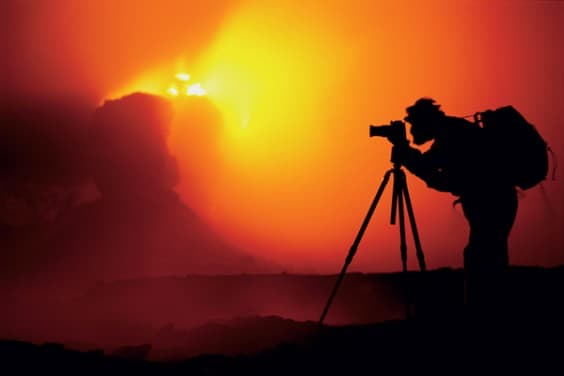
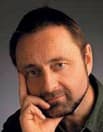 Frans Lanting’s lavishly illustrated, large-format book, Life: A Journey Through Time, was almost a decade in the making and tells the story of life on Earth from its earliest beginnings, utilising stunning images of eye-catching creatures and geological formations found in the present.
Frans Lanting’s lavishly illustrated, large-format book, Life: A Journey Through Time, was almost a decade in the making and tells the story of life on Earth from its earliest beginnings, utilising stunning images of eye-catching creatures and geological formations found in the present.
The origins of the Rotterdam-born nature photographer’s latest project lie in the fact that he shoots many assignments digitally for magazines, including National Geographic, that place him in the fortunate position of traversing the globe, camera in hand.
‘I wanted to put together a book that shows a bigger and broader perspective on nature,’ he recalls. ‘I wanted to go back in time and explore the roots of biodiversity. It’s an interesting challenge because photography is associated with capturing the present – we’re always chasing moments. Yet for this project I wanted to show the past.’
With all the images in the book previously unpublished, through research and talking to scientists Frans Lanting found that there were still opportunities to picture what had happened during our planet’s formation all those millions of years ago. ‘If you look hard enough,’ he reveals, ‘the signs are still everywhere.’Throughout the ‘Life…’ shoot, Lanting thought of himself not so much as an archaeologist, but more like a time traveller. ‘I’m used to going around the world travelling through space on assignments, but on this occasion I was travelling through time,’ he adds, enigmatically, of the years spent piecing the project together.
The results exist not only as a book, but also as a one-hour multimedia experience with music by Philip Glass. The latter has been “performed” in California, where Frans Lanting is currently based, and in Holland, while there is also a dedicated website.
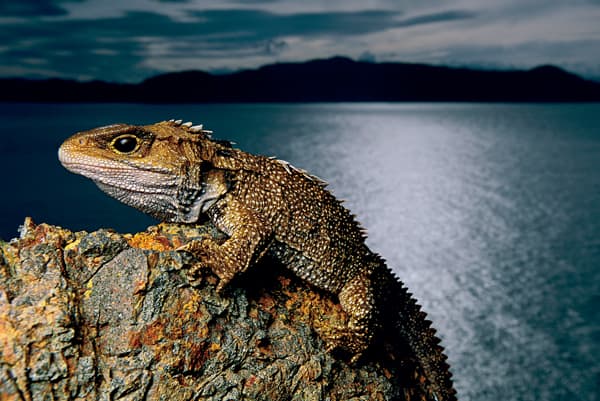
Frans Lanting, a Nikon DSLR convert, feels it’s important that today’s photographer takes advantage of the numerous new ways of sharing imagery now available. ‘You can’t practise photography the same way as people did decades ago before there were other mediums of expression,’ he says. ‘With something this epic, it cried out to be translated into other forms. You reach more people that way.’
Narrowing down which digital images to include in the ‘Life…’ book was a big puzzle for Lanting: ‘If your aim is to show the history of life on Earth, everything in front of you is fair game, but I had to choose,’ he nods. ‘It’s not an encyclopaedia, but there’s a storyline, which is as important as the images themselves – it begins with the Big Bang and ends in the present. I wanted to present a view of nature that shows what we, as humans, have evolved out of.’
Frans Lanting – Digital In Nature
Although Frans Lanting began his epic project shooting on film, he switched to digital capture 18 months before the body of work was finished.
‘I invite anyone to flip through the book and tell me which images were produced digitally and which were produced after the fact,’ he challenges, impressed with the results.
His motive for the switch was a practical one, having previously labour-intensively scanned work for books and gallery prints. Additionally, he didn’t feel that the standard of digital capture was high enough until Nikon’s D1 and D2x began to change things.
The photographer also now utilises a D200 for weekend trips – and there are images in ‘Life…’ shot on that camera and the earlier D100, including the startling opening image – when he doesn’t want to lug around a bigger camera system.
In terms of Lanting’s choice of lenses, Lanting describes himself as being ‘like a plumber; I take from my toolkit whatever I need.’
This means Nikkor zooms, mainly, with the occasional use of a macro lens, because he likes to travel as compactly as possible. A 12-24mm, a 28-70mm, 70-200mm and a 200-400mm with a pair of extenders cover all bases. ‘The quality of zooms is so good these days, I don’t feel it’s a hindrance not to use fixed-focal-length lenses,’ he enthuses.
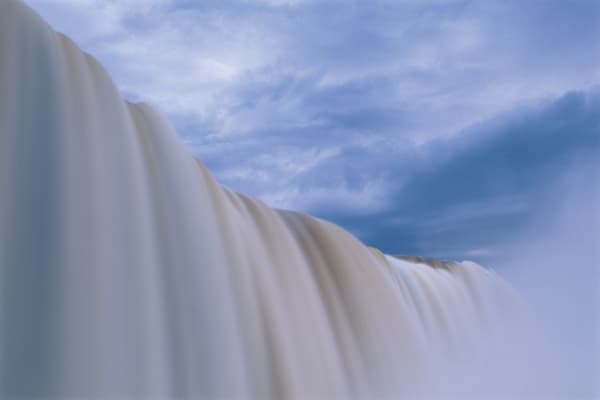
‘There are so many advantages to digital,’ he continues, becoming more animated as the jetlag subsides. ‘I can go back to producing images on film any time I want – I still have some in the fridge and a Hasselblad camera for panoramic imagery – but assignments are all done digitally these days. I can capture, process, review and edit images in the field, and that’s an enormous advantage when you’re working in remote areas or doing technically or conceptually complicated things.’
Lanting’s shots are offloaded from Flash memory to a laptop, on which he performs an initial edit. They’re also transferred onto two separate hard drives in the field, as a triple backup. ‘The laptop is really so that I can review the images, because the screen quality is much better than any of the handheld storage devices,’ he adds. ‘Although the latter are becoming more sophisticated and may, ultimately, eliminate the need to carry laptops in the field. I think Epson’s the frontrunner at present.’
As for post-processing, the nature enthusiast sounds a note of caution. ‘Although you can spend your whole life analysing and tweaking images in Photoshop, my interest is still on the subject in front of me, not on the pixels. If you shoot in Raw mode like I do, you do have to work with the images – the original capture yields a pretty flat image – but I wouldn’t call that altering or manipulating; digital processing’s no different than what would have been done in the darkroom, but our methods are now much more precise.’
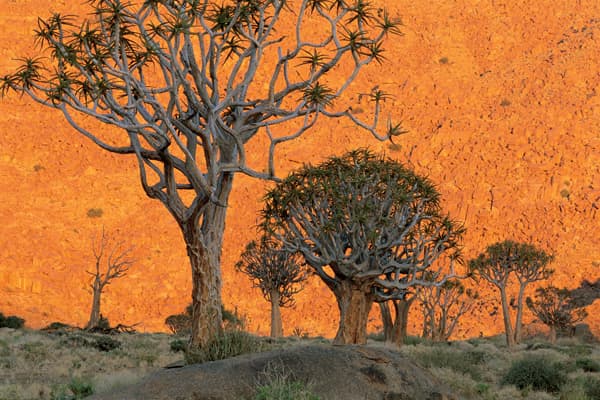
So has digital dramatically altered Lanting’s way of working now? ‘Yes it has,’ he nods emphatically. ‘It stimulates experimentation, because I can try all kinds of wild things and instantly see whether it’s leading up to anything or is a dead end. Digital doesn’t cost anything, but with film you think twice before you burn through a couple of rolls.’
The photographer admits that the technology is now allowing him to grab images he previously wouldn’t have thought possible to capture. The leading image in the ‘Life…’ book is a good example.
‘I wanted to visualise the Big Bang and obviously I could not do a literal image – if you’re a scientist with a telescope you can see echoes of it, but I’m a photographer, so wanted to capture its essence. I managed to bring it alive in an image that has as its source a small piece of petrified wood. Only by trial and error was I able to get that image – it would have been much harder with analogue capture. With the digital tools available to us, photography’s never looked as good as it does now.’
Frans Lanting’s Kit
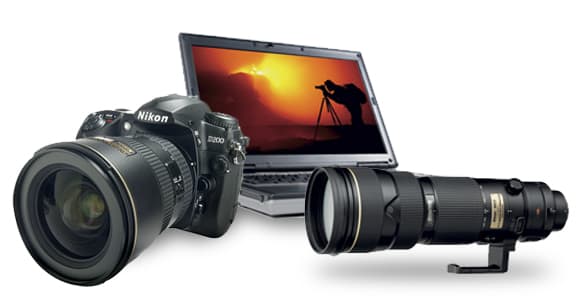
Conservation-minded Frans Lanting’s camera bag would make most enthusiasts turn green – with envy that is. Attempt to follow in the master’s footsteps by stocking up with the following:
- Nikon D200 DSLR
- 12-24mm, 28-70mm, 70-200mm and 200-400mm Nikon zoom lenses
- 2GB Flash memory cards
- Epson P-4000 & P-5000 portable hard drives
- Laptop computer
 ‘Life: A Journey Through Time’, is available via Taschen at £29.99
‘Life: A Journey Through Time’, is available via Taschen at £29.99
(ISBN 3-8228-3994-9)
The dedicated website can be visited at www.lifethroughtime.com
To discover more of Frans Lanting’s epic imagery, direct your browser to: www.lanting.com







